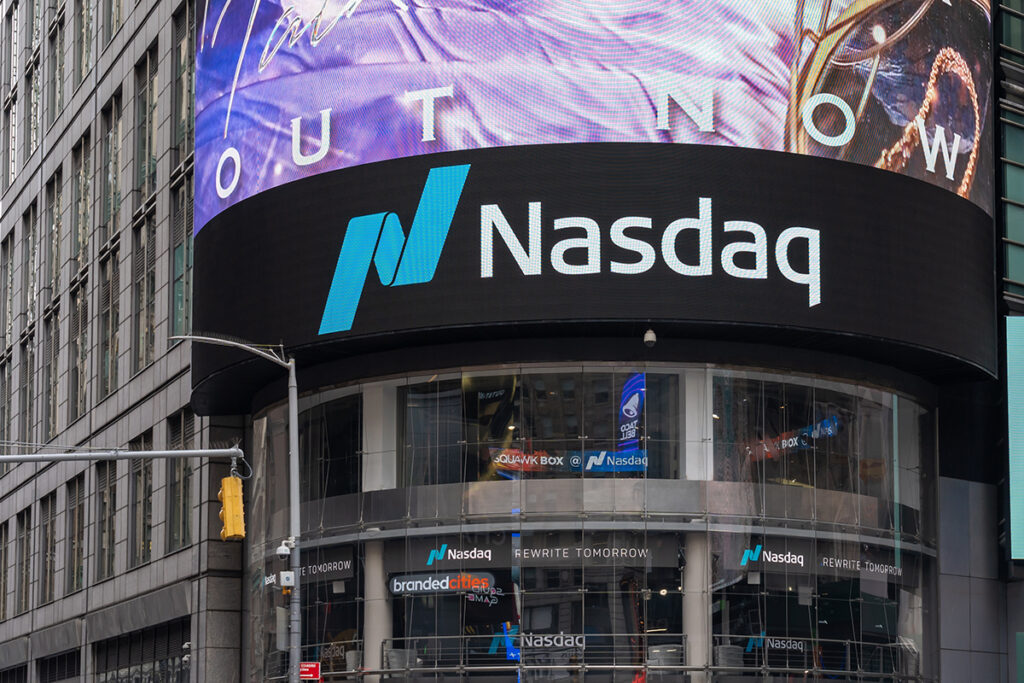The Nasdaq Composite has entered correction territory, dropping over 10% from its all-time high in March. This downturn has created an opportunity for investors looking to capitalize on two AI-related stocks that have experienced significant declines: Arm Holdings (ARM) and Upstart Holdings (UPST). While both companies have faced recent setbacks, Wall Street analysts see strong potential for recovery, with projected upside of 42% for Arm and 57% for Upstart.
Arm Holdings: A Leader in Mobile and AI Computing
Arm Holdings has long been at the center of mobile computing, designing CPU architectures and subsystems that power billions of devices. The company operates on a licensing model, providing intellectual property rather than manufacturing chips, allowing clients to customize processors for smartphones, data centers, and AI applications. This approach has solidified Arm’s dominance, with 99% market share in smartphones and 67% in other mobile devices.
Despite its strong industry position, Arm’s stock has fallen 33% from its 2024 high following a narrowed full-year guidance that tempered investor expectations. However, performance remains solid, with revenue increasing 19% year-over-year to $983 million in Q3 fiscal 2025, driven by AI-related demand for energy-efficient chips. Non-GAAP net income also climbed 26% to $0.39 per share.
The company’s long-term growth prospects remain strong, particularly as tech giants like Apple, Amazon, Microsoft, and Alphabet shift toward Arm-based chips. However, concerns over valuation persist, as the stock currently trades at 85 times adjusted earnings. Analysts estimate that earnings will grow at 31% annually through 2026, making a 42% price increase within a year uncertain. Long-term investors may still find an entry point as Arm continues to expand its market presence beyond mobile devices.
Upstart Holdings: AI-Driven Lending Technology
Upstart Holdings has taken a different approach to AI, revolutionizing the lending industry with machine learning algorithms that improve credit decision-making. More than 100 banks and credit unions use Upstart’s platform to automate personal loans, auto loans, refinancing, and home equity lines of credit. Unlike traditional lenders, which rely on simplified rules-based models, Upstart’s AI analyzes thousands of variables, increasing loan approvals and reducing interest rates for borrowers.
Despite the advantages of its technology, high inflation and elevated interest rates have made the lending environment more difficult, contributing to an 86% stock decline from its 2021 peak. However, Upstart has recently demonstrated a strong rebound, with Q4 revenue surging 56% year-over-year to $219 million. Loan originations have risen significantly, and non-GAAP net income improved from a loss of $0.11 per share to a profit of $0.29 per share.
Upstart estimates its total addressable market at over $2 trillion, yet the company has only processed $6 billion in loans in 2024, indicating substantial room for expansion. Currently trading at 7.8 times sales, below its historical 9x average, Upstart’s stock remains relatively affordable. However, its short-term performance is highly sensitive to macroeconomic conditions, with further interest rate increases potentially limiting credit demand. While a 57% stock recovery within a year is uncertain, long-term growth prospects remain compelling.
Investment Outlook and Risks
Both Arm and Upstart have strong long-term growth potential, but their short-term outlooks remain uncertain. Arm is well-positioned to gain market share in data centers and PCs, but valuation concerns could limit short-term gains. Upstart offers a disruptive AI lending model, but its dependency on economic conditions makes it more volatile.
The recent Nasdaq correction has created an opportunity for patient investors to enter these stocks at a discount. However, given the high valuations and economic risks, short-term expectations should remain tempered. Investors looking for long-term AI exposure may find these stocks attractive, provided they are prepared for potential market fluctuations.


